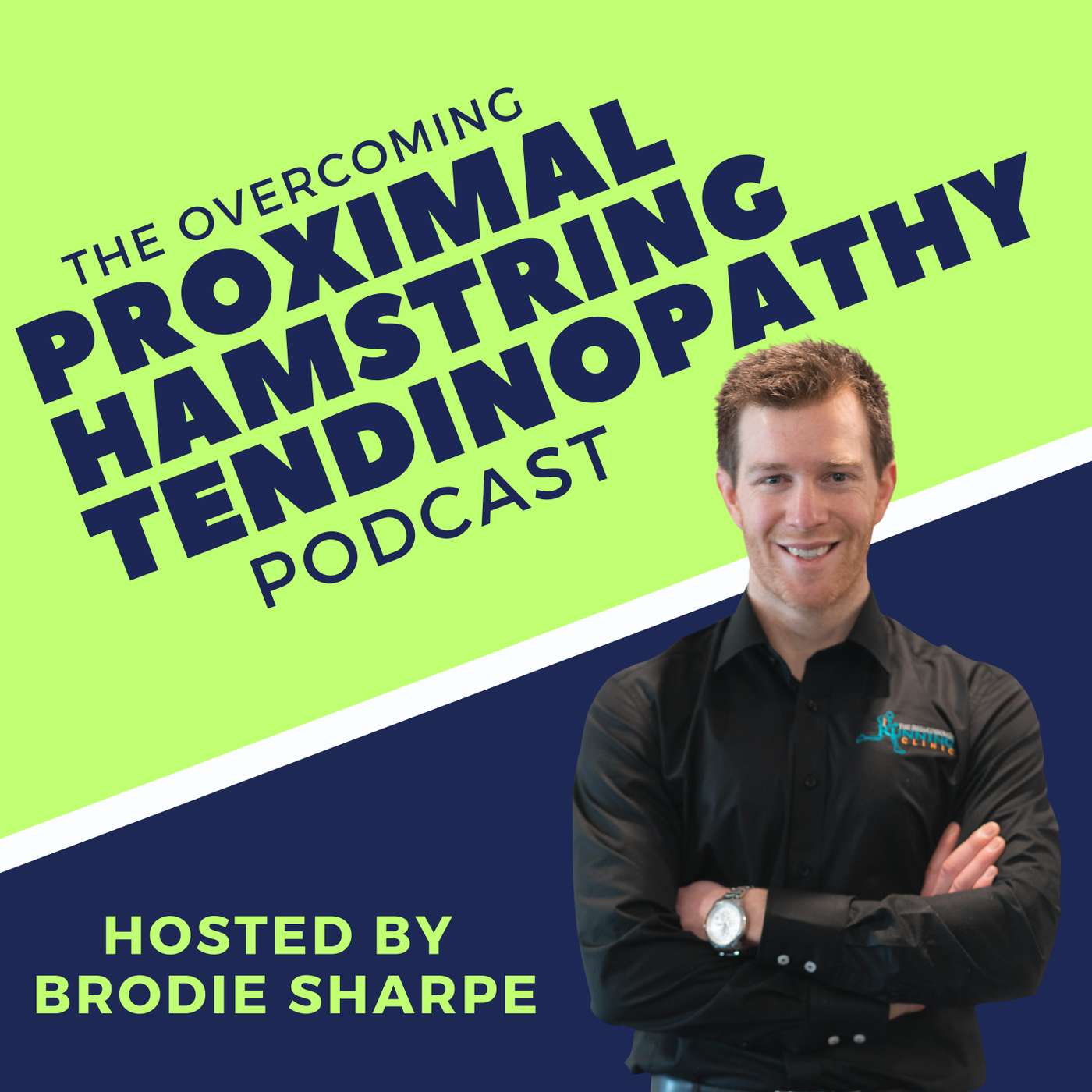Listen "Hamstring Strength, Running Form & Injury Risk: The Science Every Runner Should Know"
Episode Synopsis
🎉 Sign up for the FREE PHT 5-Day Course HERE 🎉🗓️ Book a free 20-minute Injury Chat with Brodie 📞📄Learn more about Brodie's PHT AI Assistant 🔍For ALL Other Resources, Visit the Website proximalhamstringtendinopathy.infoRun Smarter AI Assistant: Access personalized, research-based answers to your running and rehab questions. This tool integrates Brodie’s database of research papers and podcast episodes for tailored advice.Research Deep-Dive: Hamstring Strength & Running BiomechanicsThis episode reviews the study: “Hamstring Strength and Architectural Properties Are Associated with Running Biomechanics”, including findings from ultrasound imaging, EMG analysis, and 3D running mechanics. Key Study QuestionsDo stronger hamstrings create better running mechanics?Do better mechanics help build stronger, longer hamstrings?How do strength, fascicle length, pelvic position, and muscle activation interact?🔎 Main Findings From the Study1. Stronger Hamstrings = Better Running MechanicsAthletes with higher eccentric hamstring strength had:Higher stride frequency (cadence)Better control of decelerating the swinging legLower ground contact time (improved efficiency)Lower hamstring activation at sub-max speeds → reduced overload 2. Longer Hamstring Fascicles = Safer, More Efficient LoadingRunners with longer fascicle lengths showed:Less anterior pelvic tiltLower hamstring activationBetter ability to tolerate late-swing loading (a high-irritation phase for PHT) 3. A Two-Way Relationship ExistsStrength ↔ mechanics influence each other.Stronger hamstrings → better running techniqueBetter running technique → better hamstring loading → stronger, longer muscle structure over time This creates a positive adaptation loop. 4. Over-Reliance on the Biceps Femoris = Red FlagRunners with weak or short hamstrings tended to over-activate the biceps femoris long head — the most common site of PHT. Stronger runners shared load better with the medial hamstrings, reducing tendon stress. 🏃 Practical Rehab Takeaways1. Build Eccentric StrengthEccentric strength is one of the strongest predictors of hamstring injury risk. Examples Brodie recommends:Hamstring slidersWeighted eccentric slidersSingle-leg slidersAssisted → full Nordic dropsDeadlifts (when tolerated) 2. Improve Fascicle LengthEccentric exercises at long muscle lengths help lengthen fascicles naturally — more so than stretching alone.3. Strengthen the Medial HamstringsTo prevent overload of the biceps femoris:Use toes-in hamstring curlsToes-in slidersToes-in deadlift variations These help redistribute load more evenly across the tendon. 4. Slightly Increase Cadence (~5%)A small increase in stride frequency may reduce late-swing strain and improve running economy.5. Integrate Running Into RehabBefore adding speed:Build to 30 minutes continuous, easy running → symptom-free Then introduce:Strides (15–20 sec at ~75% speed, 4 reps)Gradual progression based on symptoms the next day Final ThoughtsHamstring strength, muscle architecture, and running technique are deeply interconnected. Improving one helps improve the others — creating a pathway toward better performance and long-term PHT resilience.
More episodes of the podcast Overcoming Proximal Hamstring Tendinopathy
Q&A: 2 + Brodie’s PHT Rehab Update
08/10/2025
 ZARZA We are Zarza, the prestigious firm behind major projects in information technology.
ZARZA We are Zarza, the prestigious firm behind major projects in information technology.
